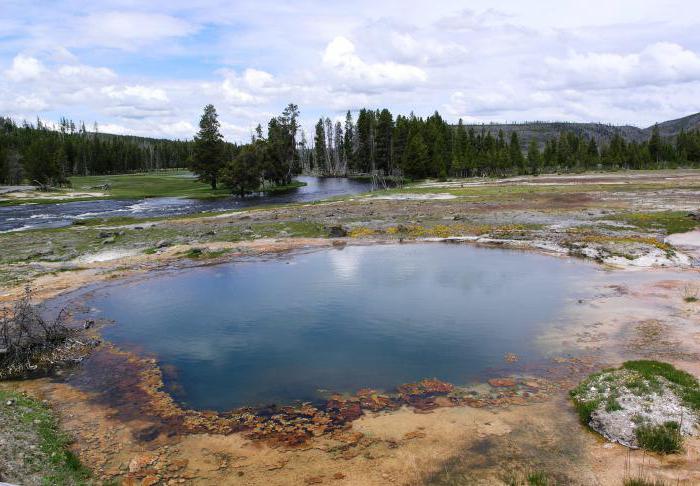Every student knows what a natural zone is, and those who have forgotten this concept can familiarize themselves with it by reading this article.
Natural areas: definition and types
The globe consists of all kinds of natural complexes located in different climatic zones. Despite the diversity of landscapes, plants and animals, individual territories of the Earth are similar to each other. They are combined into a separate group of natural zones. This is the largest gradation of the entire natural complex on the planet.
Natural areas and their features
Natural areas are arranged according to temperature and humidity adapted to certain parameters. Basically, they occupy certain latitudes, but the specific area depends on the distance to the ocean and the surrounding relief. The exception is mountainous natural zones, the characteristics of which are influenced by the height of localization. Closer to the top, the temperature becomes lower, so the zoning is located in the direction from the equator to the poles. Below is a natural complex similar to that on the plain. The higher the mountain range, the more northern landscapes are localized at the top.
What is an off-land natural area? The ocean also contains a natural complex characterized by climatic location and depth. Its boundaries are vague compared to land.
Natural zones of the tropics and subtropics, deserts
The forests of the equator and the tropics, located in Africa, South America and Asia, are characterized by high humidity and temperature. What is a natural area in these areas of the globe? This is a complex of evergreen trees with a pronounced multi-tiered nature (from small shrubs to giant trees). The accelerated circulation of substances leads to the formation of a super-fertile soil layer, which is quickly consumed. In the tropics and subtropics, a zone of dry forests is distinguished, where trees shed their foliage during a hot period.

The description of the natural zone includes savannas - a transitional zone from tropical forests to northern landscapes with pronounced woodlands, constantly high temperatures and infrequent precipitation. This complex is characterized by a dry period, as a result it arises up to water bodies.
The evergreen forests of the Mediterranean climate are predominantly composed of plants with hard leaves. There are many conifers and mild winters. Most of the animal species in this natural area are on the verge of extinction.
Tundra and forest-tundra occupy the territory of the subpolar and polar zones. The vegetation is undersized with a shallow root system due to soil poverty, there are many mosses and lichens, mainly migratory birds live, most of the territory is covered with permafrost.

Animals in the Arctic desert mainly live in water; during the warm period, which lasts for several months, birds arrive. This is what the natural area of the northern hemisphere is.




